Archaeologists Open the Sarcophagus of 2,000-Year-Old Mummy, and the Contents are Mind-Blowing
Researchers have stumbled upon the remains of an ancient mummy after opening a sarcophagus that lay sealed for thousands of years in a tomb in Italy.
Upon examining the remains, experts were astounded by the remarkably well-preserved body, elegantly wrapped in a shroud. Further investigations at the site may shed light on the social and cultural beliefs of the ancient people who once lived in this part of Italy.
Mummification in the Ancient World
Throughout the ancient world, from the desert plains of Paracas, Peru, to the Valley of the Kings in Egypt, archaeologists have discovered human remains in a near-perfect state of preservation.
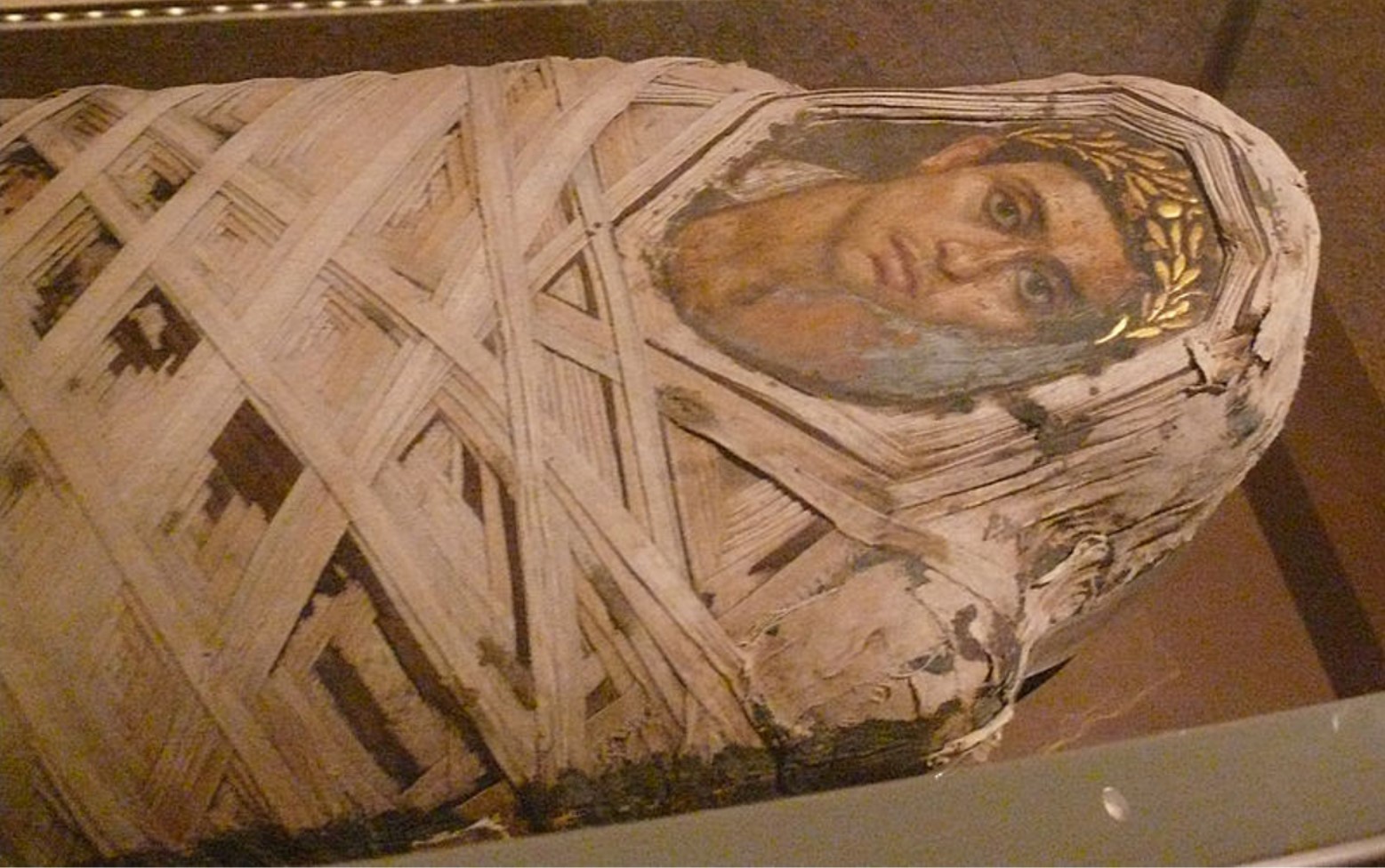
Source: Wikipedia
This preservation stems from mummification, a process that inhibits the body’s natural tendency to decay following death. While ancient Egypt intentionally implemented methods to achieve this, humans from Paracas were naturally mummified due to the region’s natural environment, which inhibited the growth of fungi and bacteria.
The Process of Mummification
Artificial mummification is a process that evolved in Egypt over many thousands of years. It involved several extensive steps, all of which aimed to preserve the body by embalming the flesh with various ingredients, including oil and spices.
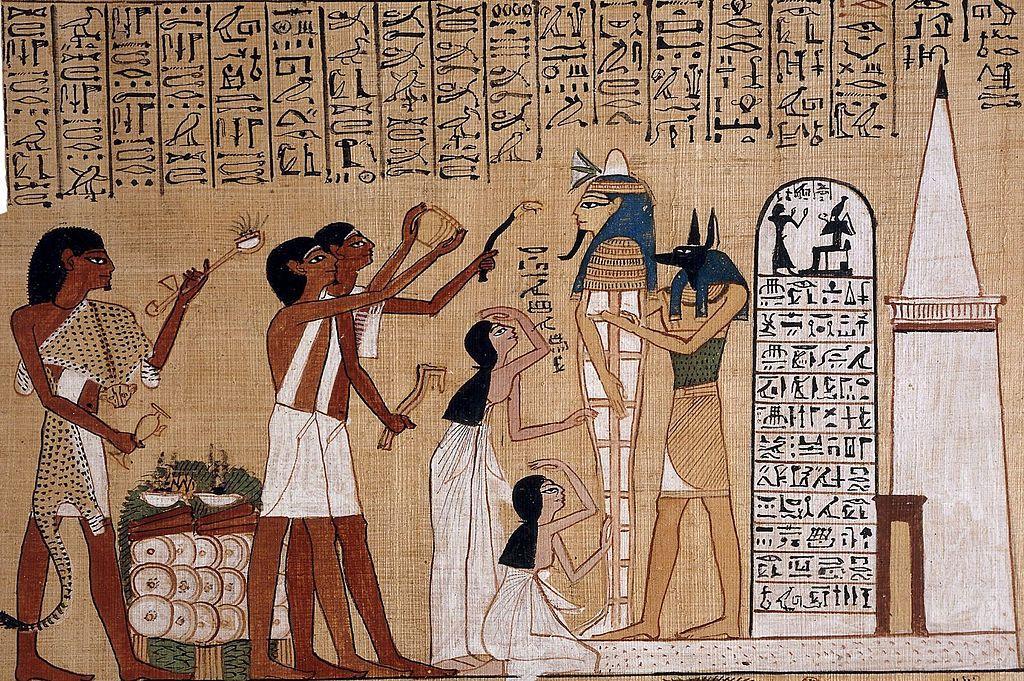
Source: Wikimedia
Mummification, considered both an art and a profoundly spiritual practice in ancient Egypt, was a way to venerate the dead and assist the deceased on their journey to the afterlife.
Mummy Unearthed in Italy
Despite Egypt being known for its large number of mummies, other cultures in the Mediterranean, including Italy, have produced the mummified remains of several bodies.

Source: Wikimedia
Experts working at the famed Tomb of Cerberus in Giugliano, located in the province of Naples, discovered a well-preserved 2,200-year-old mummy after inspecting the tomb’s contents using a micro camera.
Team of Italian Researchers Open the Ancient Sarcophagus
The team of researchers, led by Simona Formola, had been investigating the tomb in the city of Giugliano when they made the discovery.
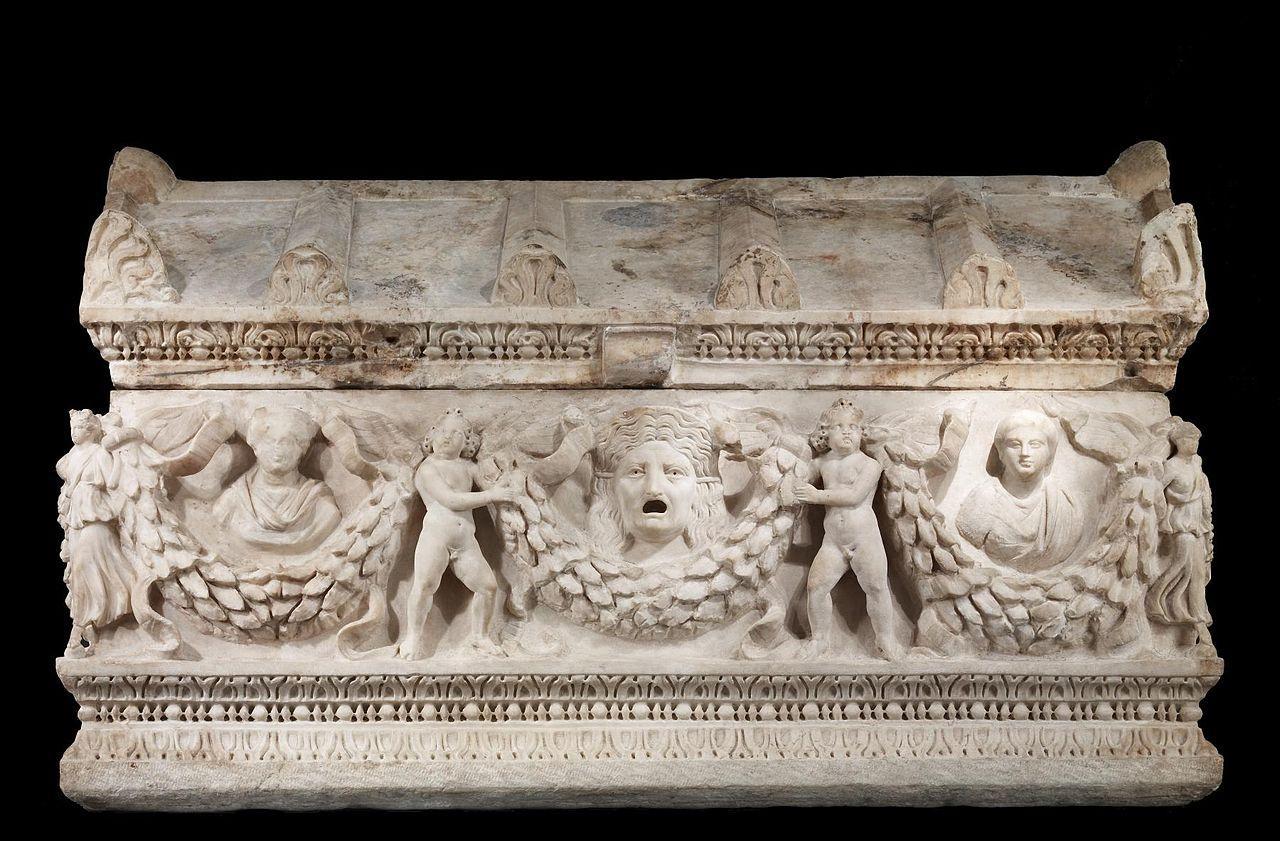
Source: Wikimedia
After opening the sarcophagus, the team was amazed to find the remains of an individual in an “excellent state of preservation,” per a translated statement.
Archaeologists Detail the Finds Within the Tomb
Formola, who is the Superintendent of Archaeology, Fine Arts, and Landscape for the Naples Metropolitan Area, and her team later released details of the discovery and the tomb’s contents.

Source: Superintendency for the Metropolitan Area of Naples; Ministry of Culture, Italy
The mummy was wrapped elegantly in a cloth, and in its immediate vicinity lay a plethora of goods, including body-cleaning tools and ointment jars, which were used in the burial process.
Murals on the Walls of the Tomb
Inside the tomb, archaeologists were astonished to find the walls painted with intricate murals depicting mythological creatures, including Ichthyocentaurs, a centaur with the torso of a human, front legs like a horse, and a fish’s tail.
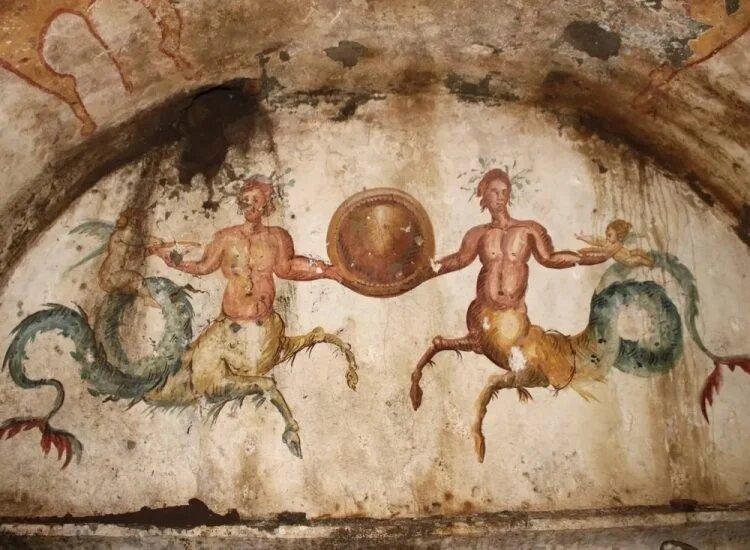
Source: Superintendency for the Metropolitan Area of Naples; Ministry of Culture, Italy
The site was named “Tomb of Cerberus,” as some of the frescos depict the three-headed dog who presided as guardian of the ancient Greek underworld.
The Deceased Within the Tomb
After meticulously examining the tomb’s continents and murals, the experts concluded that the mummified body was likely that of a family member for whom the tomb was originally constructed.

Source: Wikimedia
Researchers are optimistic that further exploration of the tomb could yield more insights into the history of the mummified Italian, who was interred in the mausoleum.
New Discovery in Naples Aims to Expand Knowledge of the Past
Marian Nuzzo, a superintendent with the Italian Ministry of Culture, highlighted the importance of the findings in a statement, explaining, “The Tomb of Cerberus continues to provide valuable information on the Phlegraean territory near Liternum.”
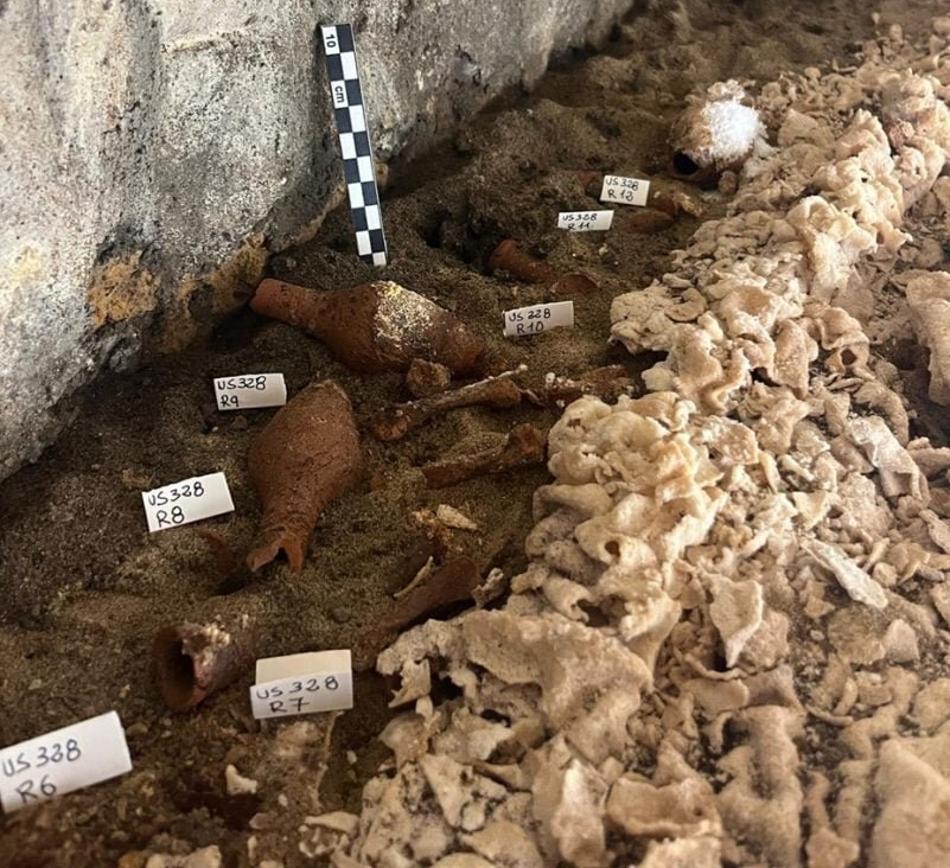
Source: Metropolitan Area of Naples; Ministry of Culture, Italy.
She added, “Expanding knowledge of the past and offering opportunities for multidisciplinary research.”
Treasure Trove of Information to Sift Through
Following the investigation at the tomb, the team of archaeologists had a plethora of information to examine, said Nuzzo in a statement.

Source: Wikimedia
“Laboratory analyses conducted on samples taken from the burials and depositional beds have returned a considerable amount of data regarding the treatment of the body of the deceased and the funerary rituals implanted, considerably enriching the panorama of our knowledge,” they said.
Natural Mummification in Italy
Experts surmise that the shroud that covered the mummified remains was mineralized due to the rare climatic conditions within the mausoleum.
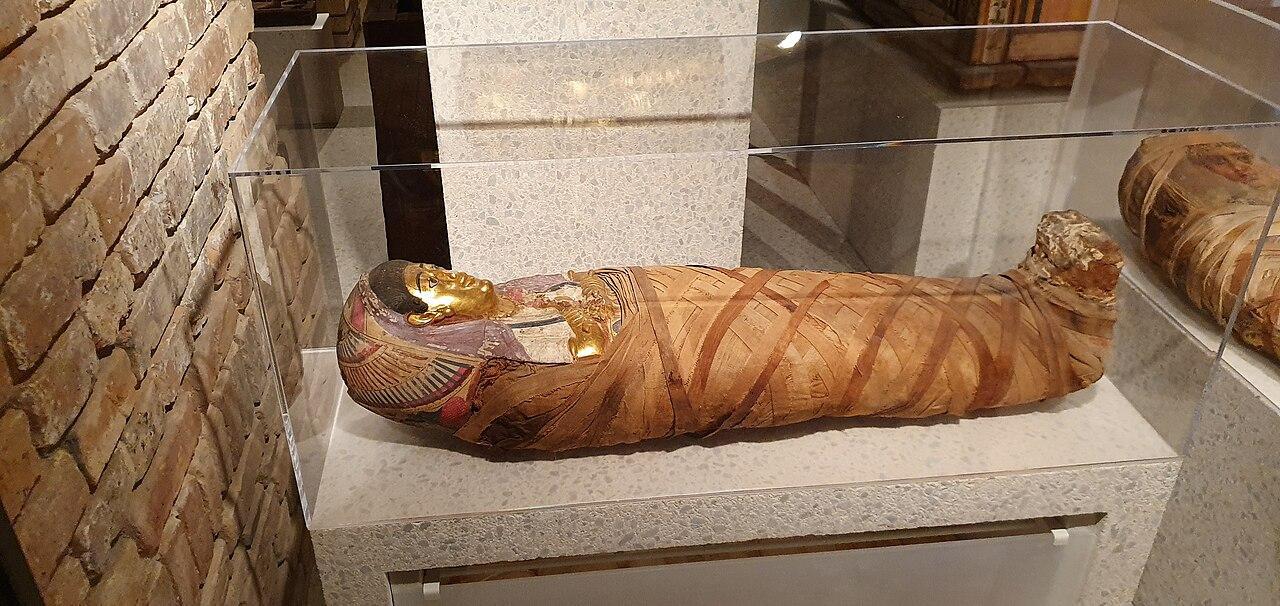
Source: Wikimedia
Researchers are still conducting an in-depth analysis of the fabric used in hopes of determining the quality and type of yarn used for the burial. Such information may shed light on the cultural and social practices of the era.
Archaeologists Will Continue to Investigate the Tomb in Naples
Researchers have already determined that the body was treated with creams composed of Chenopodium and absinthe, which improved its state of preservation.
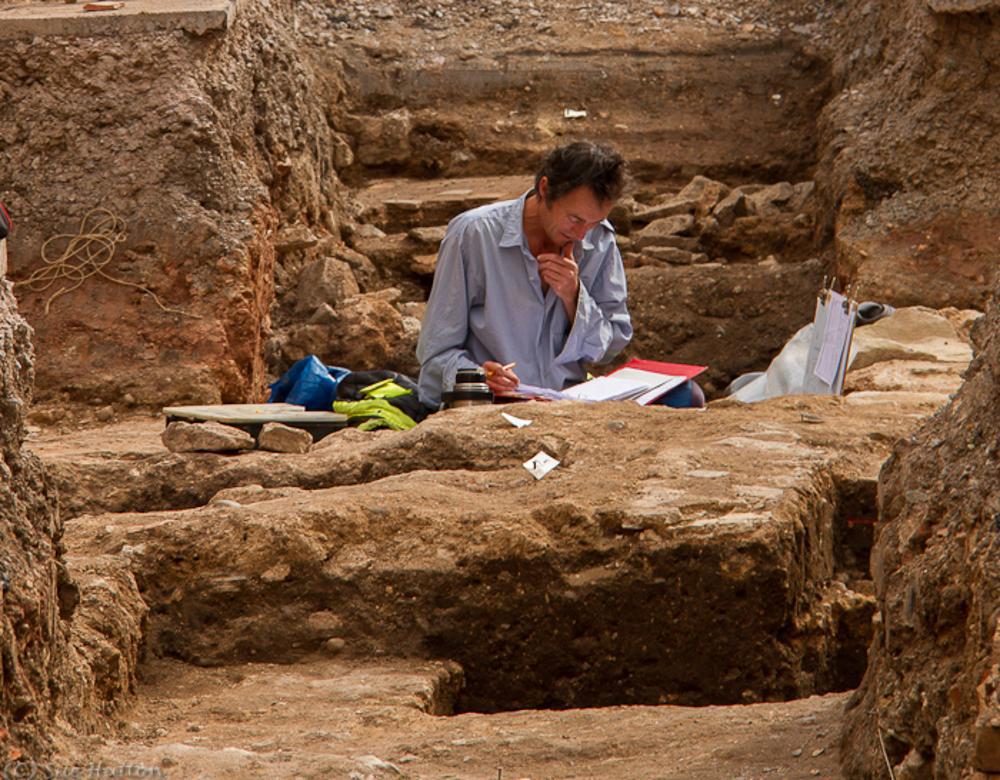
Source: Wikimedia
Archaeologists are optimistic that further investigations of the sarcophagus and the items found within the tomb will lead to more exciting discoveries, ultimately painting a clearer picture of the people who lived in the province of Naples over two millennia ago.
